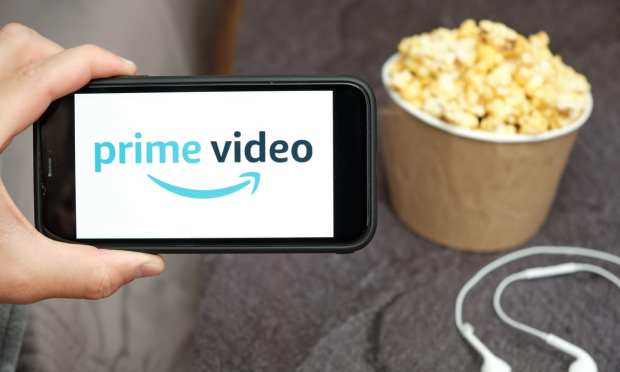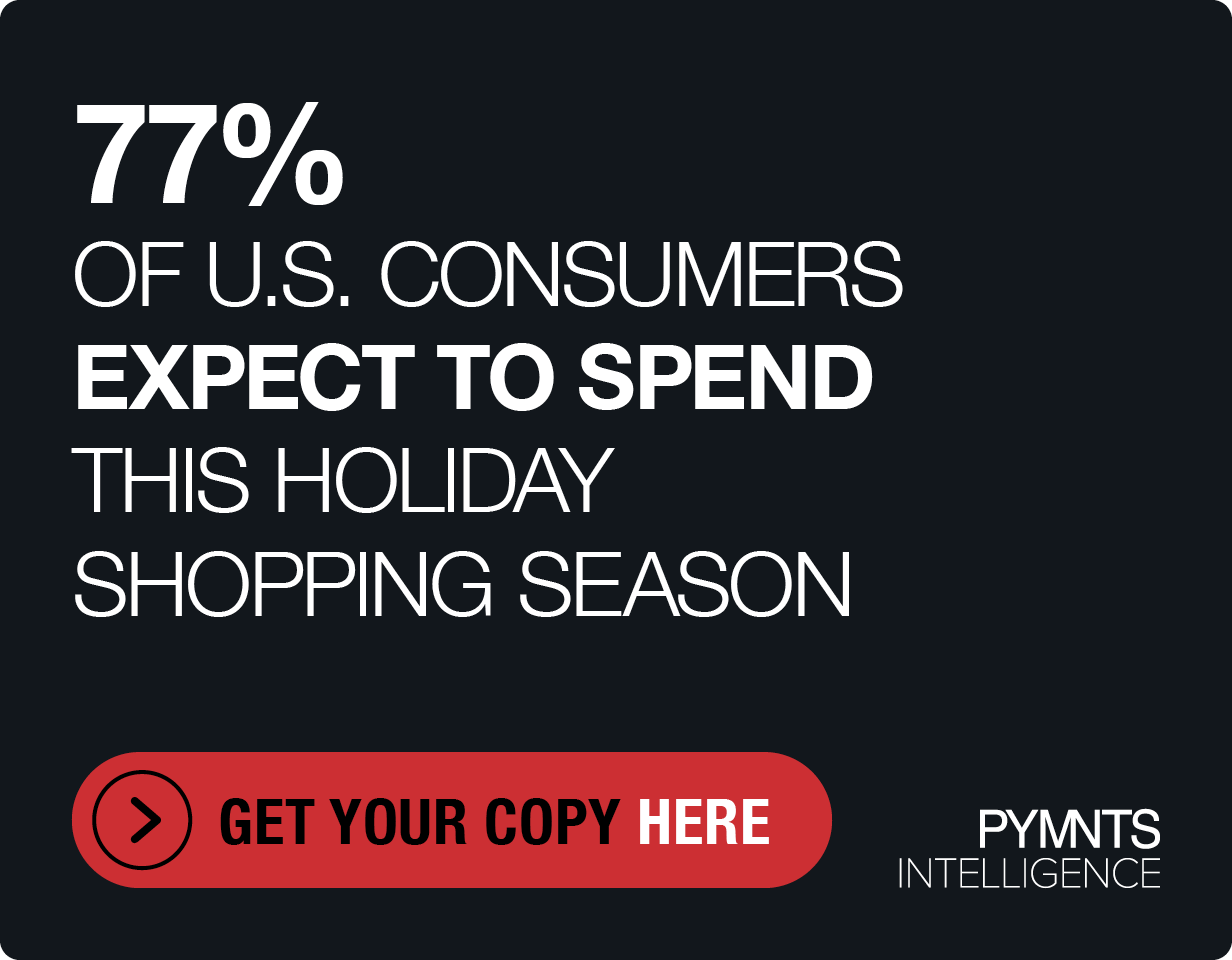AMZN vs. WMT Weekly: Prime Day Is On The Move, Walmart Goes All-In On Health And Pets

Just days after Amazon’s latest round of record earnings results, as well as a new PYMNTS prediction that its sales growth will outpace Walmart’s by a 3-to-1 margin over the next five years, the dominant online retailer is starting to home in on Prime Day — its biggest annual sales event.
The company has already said it wants to hold the annual promotional event in the second quarter this year, after bumping back to October last year due to COVID complications and essentially abutting — if not encroaching or even cannibalizing sales from — the traditional holiday shopping season.
So far the company has not given any further date-related details, and speculation among Amazon-watchers has been growing among consumers and investors. However, with Q2 already about halfway over, time is running short to put something on the calendar and still allow vendors and merchants and logistics the time they need to ramp up.
Historically, Prime Day has been held in July to coincide with Amazon’s original launch date, and would deliver as much as a 10x boost to average daily sales and account for as much as 2 percent of annual revenue.
However, as Amazon has grown, especially last year, it has become increasingly hard to “move the needle” so to speak and meaningfully impact sales with a single day or weekend event. Even so, there’s been talk that holding Prime Day before the end of June could also improve the year-on-year comparisons after its Q2 product revenues a year ago were up 42 percent to over $50 billion.
While consumers and investors wait and wonder, Amazon has already had to indefinitely postpone Prime Day in India and Canada due to coronavirus concerns.
A Prime Day For Prime Video
No matter when Prime Day ends up being held, its 10-year-old little brother Prime Video has been trying to hog the spotlight lately and attract more attention.
“Two of our kids are now 10 and 15 years old,” said CEO Jeff Bezos in opening his Q1 commentary. “As Prime Video turns 10, over 175 million Prime members have streamed shows and movies in the past year, and streaming hours are up more than 70 percent year over year.”
Add in an increase in Academy Award recognition — with an in-house record of 12 nominations and two wins — and the little streamer that could is starting to earn some long-sought respect.
Because Prime Video access is included for free with an Amazon Prime annual subscription, assessing its overall uptake can be challenging and often looks distorted. That said, the company’s financial commitment to Prime Video speaks volumes about its growing importance as it pours record amounts of cash into original production of films and shows while also pursuing mega-dollar content deals such as its $1 billion bid to carry NFL Thursday Night Football games.
The other thing that Prime Video has going for it is that Walmart doesn’t have a streaming video service anymore, having sold its VUDU unit to NBCUniversal’s Fandango last year.
More Than Shots
Walmart may have bailed on streaming video but it is going head-first into healthcare lately, not only expanding an already robust array of COVID testing and vaccinations, but is reported to be mulling an acceleration of the low-cost Walmart Health division it launched last fall that could see as many as 4,000 supercenter clinics.
In addition to offering traditional medical, dental, and behavioral health services at a deeply discounted price, the retailing giant announced Thursday (May 6) that it had acquired MeMD, a multi-specialty telehealth provider to round out its growing portfolio.
“Telehealth offers a great opportunity to expand access and reach consumers where they are and complements our brick-and-mortar Walmart Health locations,” said Walmart EVP of Health and Wellness Dr. Cheryl Pegus. “People expect omnichannel access to care and adding telehealth to our Walmart Health care strategies allows us to provide in-person and digital care across our multiple assets and solutions,” she added, noting the companies’ plans to accelerate healthcare access across the country.
In March, Amazon announced its plans to expand its telehealth service, Amazon Care, to all of its own 1 million employees in all 50 states starting this summer, with plans to expand the offering to outside companies later in the year.
Healthy Humans, Healthy Pets
Amid the healthcare ramp-up, Walmart also announced a further broadening of its pet care offerings and unveiled a new line of premium pet food.
“Walmart is excited to launch a new, vet-formulated dog and cat food line from our exclusive, private-label Pure Balance brand called PRO+,” Melody Richard, vice president, pets, Walmart U.S., said in a blog post, noting that the rollout would begin this month and be launched at a price that is lower than similar premium brands.
“PRO+ is a great value and makes it easy and affordable to make your pet’s nutrition a top priority,” she said.
Richard pointed to the surge of COVID-era pet adoptions which saw more than 11 million US households getting a new pet.
